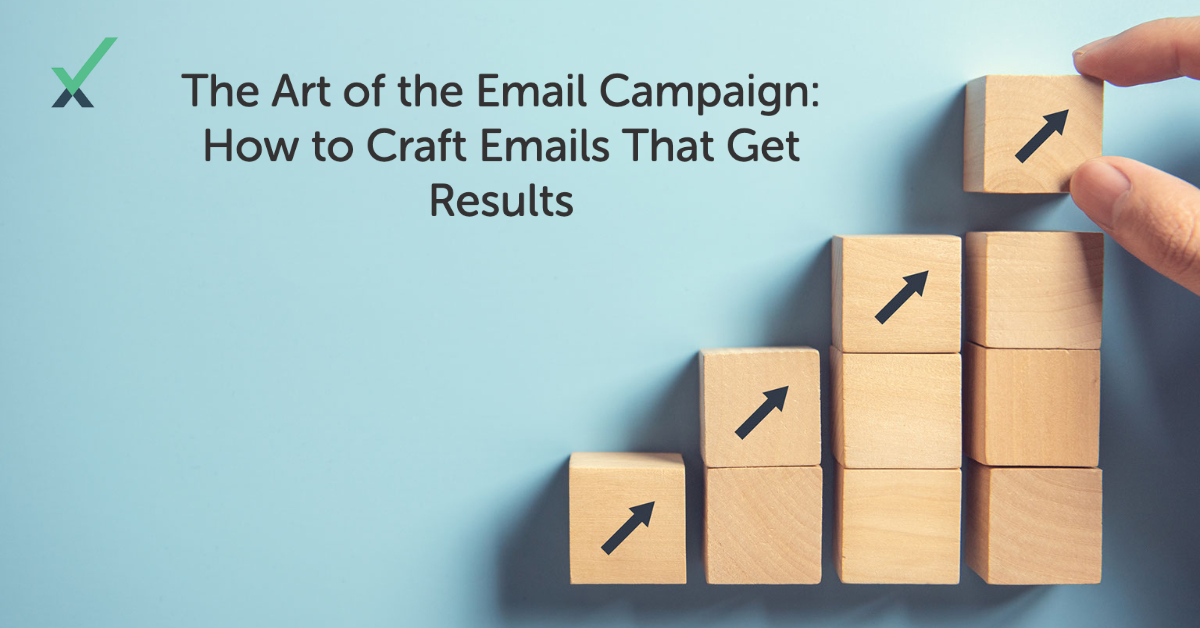Introduction
Email marketing has been proven to be an effective way to reach out to your target audience and promote your brand. But the success of your email marketing campaigns largely depends on the quality of your email list. In this comprehensive guide, we will show you how to identify and acquire your target audience's email contacts, validate email IDs, and run successful email marketing campaigns through personalized emails, effective subject lines, and email content that resonates with your audience.
1. Why Build a Quality Email List
A quality email list ensures that your email campaigns reach a targeted audience who are more likely to engage with your content and convert into customers. A high-quality email list also helps you avoid being marked as spam and improves your sender reputation.
2. Identifying Your Target Audience
To build a quality email list, you need to identify your target audience. This can be done through market research and analysis of your existing customer base. By understanding your target audience's needs, interests, and pain points, you can create personalized and relevant content that resonates with them.
3. Acquiring Email Contacts Through Opt-In Forms
The best way to acquire email contacts is through opt-in forms on your website or landing pages. This ensures that you have the consent of the email recipients, making your email campaigns compliant with laws and regulations.
4. Data Validation Tools for Email IDs
Validating email IDs ensures that your emails reach real and active email addresses. There are various data validation tools available, such as ZeroBounce and NeverBounce, which can help you verify the email IDs in your email list.
5. Personalizing Emails for Better Engagement
Personalized emails that address the recipient by name and include content tailored to their interests and preferences result in better engagement and higher click-through rates. Email marketing platforms like Mailchimp and Campaign Monitor offer features that make it easy to personalize your emails.
To achieve the highest response rate for your email campaigns and automation, use sendcrux.
6. Crafting Effective Email Subject Lines
The subject line is the first thing a recipient sees in their inbox. Crafting effective subject lines that grab their attention and pique their curiosity is the key to getting them to open your emails. Tools like CoSchedule's Headline Analyzer can help you analyze and optimize your subject lines.
7. Creating Email Content That Resonates with Your Audience
Creating email content that resonates with your audience requires understanding their needs and interests. Segmenting your email list and creating targeted content for each segment can help you achieve this. You can also use A/B testing to determine which type of content performs better with your audience.
8. Choosing the Right Email Marketing Platform
Choosing the right email marketing platform depends on your business needs and budget. Some popular options include Mailchimp, Campaign Monitor, and Constant Contact. Look for features like drag-and-drop email builders, A/B testing, reporting and analytics, and integrations with other marketing tools.
9. Tracking Your Email Marketing Campaigns
Tracking and analyzing your email marketing campaigns helps you understand what works and what doesn't. Most email marketing platforms offer reporting and analytics features that allow you to track metrics like open rates, click-through rates, and conversions. Use this data to refine your email marketing strategy.
10. Best Practices for Email Marketing Success
Some best practices for email marketing success include keeping your email list clean and up-to-date, segmenting your email list, using a personalized tone in your emails, and avoiding spam trigger words in your subject lines and email content.
Conclusion
Building a quality email list and running successful email marketing campaigns requires identifying your target audience, acquiring email contacts through opt-in forms, validating email IDs, personalizing emails, crafting effective subject lines and email content, choosing the right email marketing platform, tracking your campaigns, and following best practices. With these tips, you can create email campaigns that engage your audience and drive conversions.


